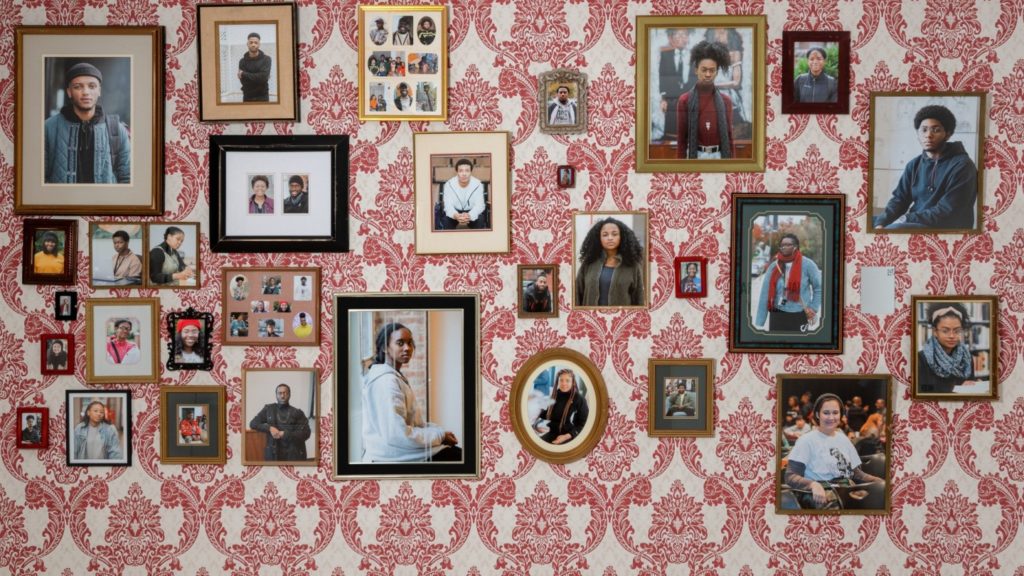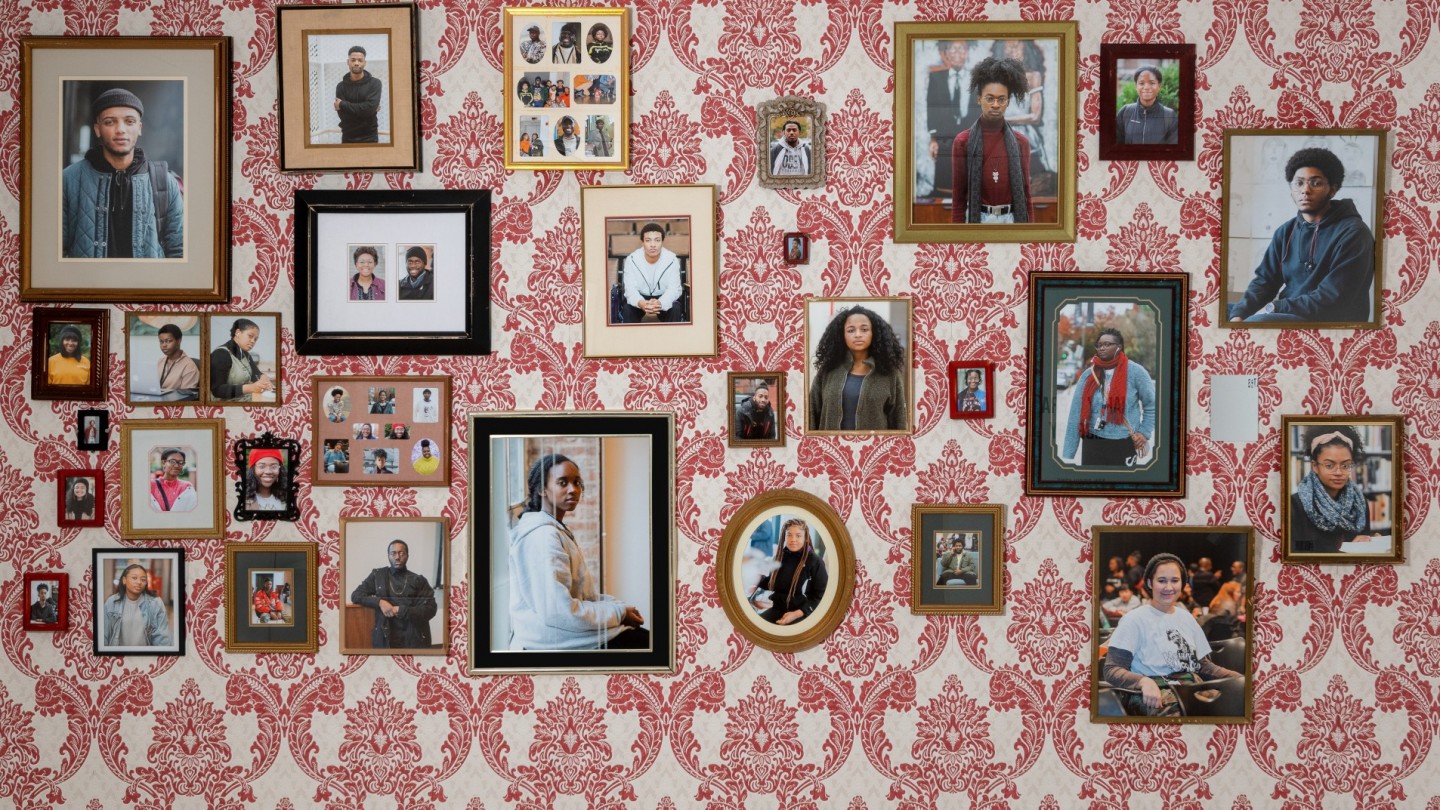[ad_1]

Installation view of “Blackives,” 2019, at Maryland Institute College of Art, Baltimore.
COURTESY THE ARTIST AND MARYLAND INSTITUTE COLLEGE OF ART
As many arts institutions begin the process of examining their roles in systemic forms of oppression, the Maryland Institute College of Art in Baltimore, one of the most prestigious art schools in the United States, has issued a memo about racism in its history.
On Thursday the college’s president, Samuel Hoi, released a statement called “Acknowledging MICA’s Racist Past As We Forge Together a Better Future for All.” The statement was made following the presentation of “Blackives,” a project by Deyane Moses, a student at the school, that includes documentation, photography, and newspapers attesting to the school’s “continued weathering and neglect of black history,” according to a description on the work’s website.
Hoi’s statement reads, in part, “MICA as an institution—represented by its president, vice presidents, and board of trustees—apologizes for its historical denial of access to talented students for no other reason than the color of their skin, and for the hardships to those who were admitted but not supported for their success.”
In an email to ARTnews, Hoi explained that February 21 marks the anniversary of a day in 1896 when a black student demanded acceptance to MICA and was told he could not attend. His statement discusses how, in 1891, MICA accepted its first black student, Harry T. Pratt, which caused 100 white students to depart the college. Following Pratt’s graduation, the college only accepted white applicants, a position it maintained for more than half a century. (Its policy changed in 1954, around the same time some schools around the nation began integration initiatives.)
“An institutional acknowledgment in the form of an apology, no matter how sincere, is empty unless it is rooted in a systemic commitment for change and unless it represents meaningful action that is in progress,” Hoi told ARTnews.
In a phone conversation, Moses said that the reactions to “Blackives” on campus have been generally positive, and that she sees MICA’s statement as progress. “That statement was powerful,” she said. “MICA was the first art college in America, and it has such traditional roots. It’s hopefully a sign that if MICA can change, America can as well, because it’s not just MICA. . . . Their statement could be a turning point for other art colleges.”
Getting colleges and universities to become more vocal about instances of racism, in the present and in their past, has become a goal for students across the U.S. At Georgetown University in Washington, D.C., for example, activists have staged events and protests to call attention to racial inequities at the school and its involvement with slavery, and school officials have taken steps to acknowledge that history. But MICA’s statement is an anomaly among U.S. art schools, which have stayed largely silent about the matter.
MICA has previously launched diversity initiatives, and the college has facilitated a Diversity, Equity, Inclusion and Globalization Plan, intended to combat a variety of systemic issues at the school and in Baltimore.
To complement the statement being put out, the school has extended the run of “Blackives.” “As MICA looks towards our bicentennial in 2026, we will mindfully examine over the next years our history with today’s lens, in order for us to ensure a future that honors our mission and vision as articulated in Fall 2017,” Hoi wrote in his statement. “We look forward to partnering with Deyane, other students, faculty, staff, and alumni in understanding MICA, where we came from, who we are today, and who we want to become.”
[ad_2]
Source link

